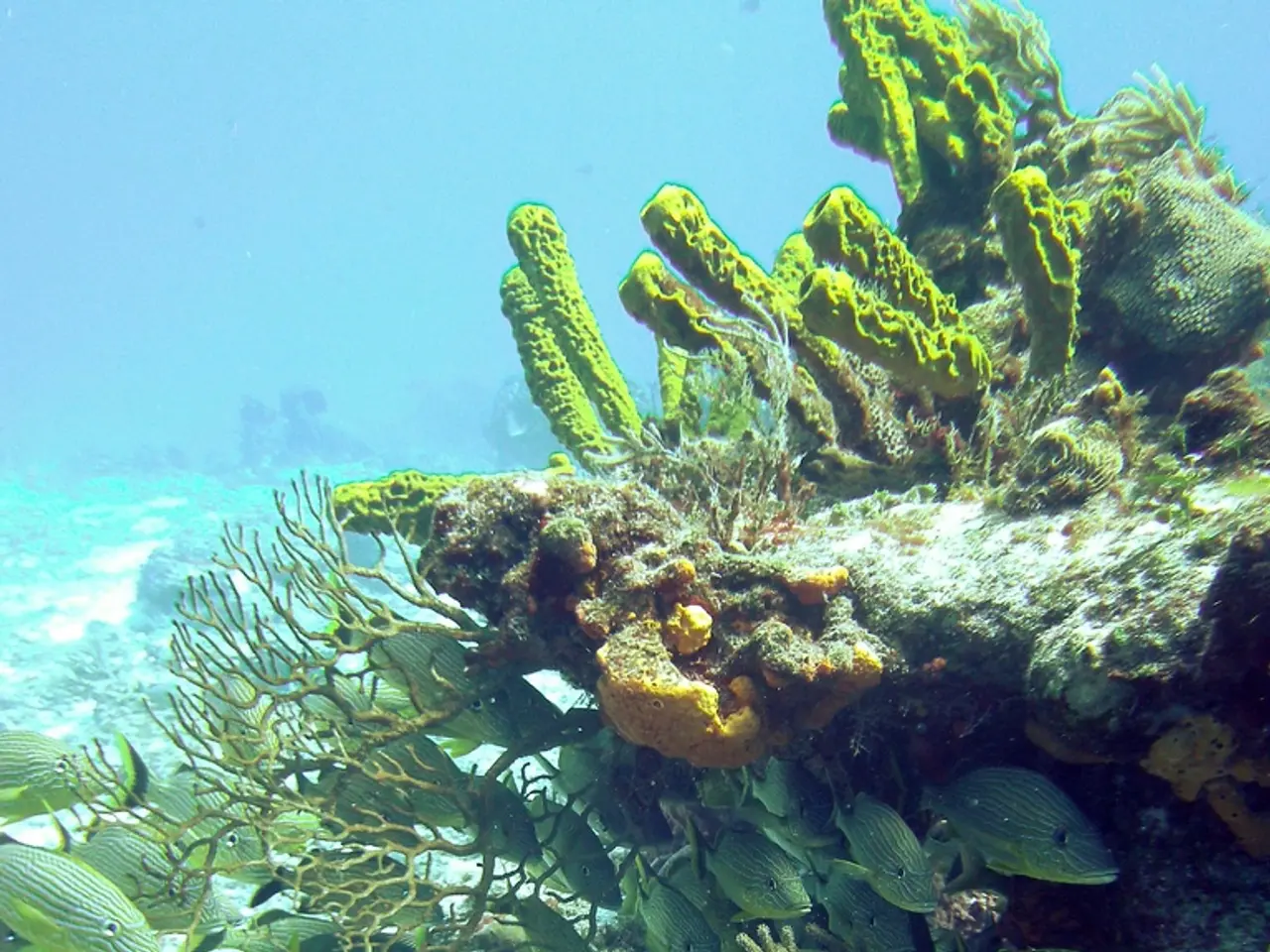China intensifies its contribution to deep-sea research through a United Nations-endorsed deep-sea exploration initiative.
The Global Hadal Exploration Programme (GHEP), an international collaborative effort led by the Chinese Academy of Sciences, is making significant strides in exploring the deepest parts of the ocean, known as the hadal zone. This initiative, focusing on trenches deeper than 6,000 meters, aims to shed light on biodiversity, ecosystems, pollution levels, geological processes, and carbon cycling in these least-understood marine environments.
The GHEP's significance lies in several key aspects. Firstly, it addresses the United Nations' call to protect and sustainably manage ocean resources by penetrating the mysteries of the planet’s deepest waters, which remain largely unexplored and poorly understood.
Secondly, the programme involves over ten countries working together to advance scientific knowledge of hadal zones, fostering a comprehensive approach to deep-sea research. This multinational collaboration enables the sharing of expertise, resources, and data, as exemplified by the partnership between China and New Zealand.
Thirdly, the programme offers valuable insights into deep-sea life and processes. By studying biodiversity and ecosystems at extreme depths, GHEP can reveal novel species, biological adaptations, and ecological interactions unique to hadal environments. Understanding geological processes and carbon cycling here helps clarify global biogeochemical cycles and the ocean’s role in climate regulation.
Fourthly, GHEP investigates pollution and human influence on these remote ecosystems, offering critical data for assessing anthropogenic risks and informing conservation policies. For instance, in March, high concentrations of polychlorinated biphenyl (PCB) pollution were detected in the livers of hadal snailfish from the Mariana Trench by the CAS Institute of Hydrobiology.
The GHEP has won United Nations approval and is a part of the UN Decade of Ocean Science for Sustainable Development, which runs from 2021 to 2030. Under this framework, a global research centre will be established to run annual crewed expeditions into the hadal zone and provide regular public reports.
One of the most impressive feats of the GHEP is the descent of the Fendouzhe submersible, in collaboration with New Zealand, to 10,000 metres in the Kermadec Trench in late 2022. The submersible returned with samples that included rock formations, seawater, and biological specimens from the Mariana Trench, providing valuable data for the programme.
However, Antonella Vassallo, the managing director of the International Ocean Institute, cautions against relying too much on artificial intelligence in hadal zone research and emphasizes the importance of retaining human oversight. She emphasizes the need for balance between people, planet, and the economic and political aspects in ocean research and sustainability efforts.
The GHEP's advancements in deep-sea exploration highlight China's commitment to ocean technology and partnership building in the "blue economy." This commitment was emphasized by President Xi Jinping, who said in 2013 that China should become a "maritime power" that would care for, understand, and strategize the ocean. China has established a preliminary full-ocean-depth submersible hierarchy, with its three top-tier crewed deep-sea submersibles capable of going as deep as 4,500 meters, 7,000 meters, and 10,000 meters, respectively.
While the United States remains the world leader in deep-sea exploration, China's marine strategy has seen rapid development. The GHEP represents a cutting-edge, UN-backed, and internationally cooperative effort to explore and protect the ocean's deepest frontiers, which is vital for advancing marine science, biodiversity conservation, and sustainable ocean management on a global scale. This makes GHEP a landmark in deep-sea exploration with far-reaching implications for environmental science and policy.
Science and technology are essential components of the Global Hadal Exploration Programme (GHEP), an initiative focusing on climate-change implications, biodiversity, and geological processes in uncharted marine environments. With data-and-cloud-computing tools, the GHEP can share findings and advance environmental-science knowledge through multinational collaborations, such as the China-New Zealand partnership.








